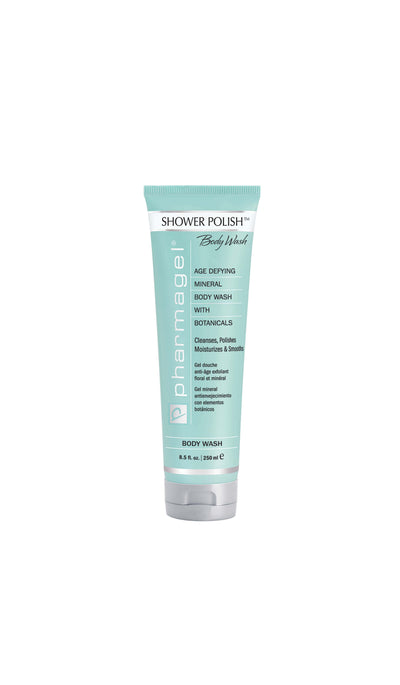Everything You Need to Know About Transepidermal Water Loss, Including How to Stop It
Transepidermal water loss, or TEWL, is a term to describe the amount of water that evaporates through your skin. It's a term you commonly used in skincare, but if you're like most people, you may not know what it means or how it relates to skin health.
In this post, we'll explain exactly what transepidermal water loss means and how you can stop it from affecting the moisture levels of your skin.
Transepidermal Water Loss Explained
Transepidermal water loss occurs when our body's water passes from the dermis, or the middle layer of our skin, through to the epidermis, or outer layer. When this water rises to the surface, it evaporates through the skin's outer barrier, often resulting in dry, dehydrated skin that's dull in appearance.
If you're suffering from transepidermal water loss, your skin's barrier has been compromised. Unfortunately, it's likely that water loss will continue, leading to severe dryness and symptoms of TEWL, such as:
- Flakiness: Flakiness appears as dry, peeling skin that may feel rough to the touch.
- Itchiness: As the skin dries out from water loss, it may begin to crack, which often causes itching.
- Irritation: Irritated skin may appear red or swollen and feel hot to the touch.
- Tightness: In the early stages of dehydration, the skin may feel tight as skin cells condense.

Why Does Transepidermal Water Loss Occur?
There may be several reasons that transepidermal water loss can occur. This can include environmental, external, and health factors, including:
- Excessive swimming or contact with chlorine/bleach
- Sunburn and exposure to UV rays
- Spending time outdoors in dry conditions
- Exposure to air conditioning regularly
- Over-washing the skin
- Using harsh, chemical-based cleansers or exfoliants
- Failing to consume enough water and fluids
- Health conditions and skin concerns such as eczema, rosacea, lupus, or dermatitis
Stopping Transepidermal Water Loss
If you're suffering from dry, dehydrated skin, you can take steps to reduce or prevent transepidermal water loss. First and foremost, protecting the skin barrier is a must. A strong defense against external damage is vital, as is your skin's ability to retain water and the natural oils found in the skin.
Follow the steps below to minimize transepidermal water loss and prevent harsh contaminants from irritating your skin.
Don't Bathe or Wash Your Skin Too Often
Bathing and hygiene are essential, but it's also best not to over-wash the skin, which contains natural oils and moisture that keep the skin healthy and hydrated. Overwashing can remove natural oils from the skin, leaving it dry and potentially resulting in transepidermal water loss.
How often you bathe depends on the moisture level of your skin. Those who are dry may need to wash less than those who naturally produce more oils.
Moisturize—Especially after Washing

Moisturization is key. Use a fragrance-free hydrating moisturizer on the skin after washing. Daily application can ensure that dry skin can rehydrate quickly and prevent further dehydration.
Trap moisture under the skin after a bath or shower by applying lotion immediately after to damp skin. Consider using DN-24 Hydracreme or Glyco-8 to hydrate dry skin.
Select Water-based or Milk-based Skincare Cleansers
Harsh cleansers and exfoliants can strip skin of its natural oils, resulting in the overproduction of sebum to compensate for the loss. This can lead to skin dehydration and even result in more breakouts. If you've got psoriasis or eczema, your condition may be further exacerbated by the use of harsh cleansers and manual exfoliants.
When cleansing skin, it's best to use gentle cleansers free of harsh surfactants in order to help maintain the skin's natural lipid barrier.









